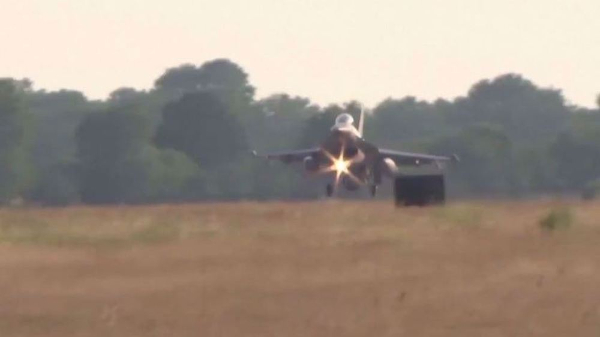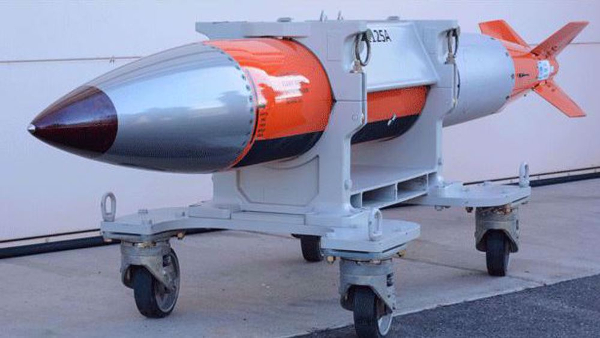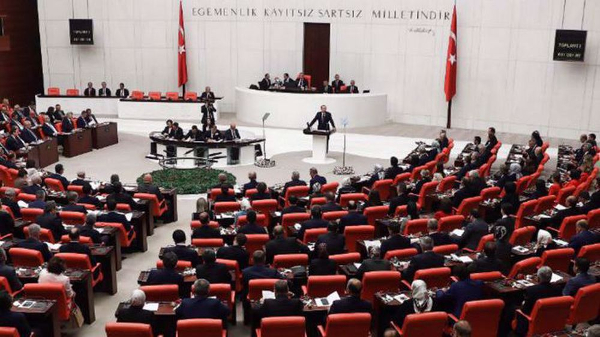
This file photo, taken on July 10, 2008, shows a Chinese soldier (L) gesturing next to an Indian soldier at the Nathu La border crossing between India and China, in Indiaís northeastern Sikkim State. (By AFP)
India and China have been reinforcing their military presence in the disputed Galwan Valley since their troops engaged in clashes in the Ladakh region during patrolling earlier this month.
The Indian newspaper Economic Times cited defense sources as saying that soldiers were being sent to the Galwan Valley.
"The strict COVID-19 protocols are said to have been kept in abeyance as the situation has escalated," the sources said.
Meanwhile, the Global Times, Chinaís state-run paper, reported on Monday that the Peopleís Liberation Army had successfully restored the status quo in the river valley.
Chinese forces "have bolstered border control measures and made necessary moves in response to Indiaís recent, illegal construction of defense facilities across the border into Chinese territory in the Galwan Valley region," the report said.
Beijing claims sovereignty over Galwan Valley, considering it part of the Chinese-administered Aksai Chin. India claims the region as part of Ladakh.
A military source told the Global Times that "actions by the Indian side have seriously violated China and Indiaís agreements on border issues, violated Chinaís territorial sovereignty, and harmed military relations between the two countries."
On May 9, Indian and Chinese soldiers engaged in verbal and physical clashes after encountering each other in the northeastern Indian state of Sikkim, as a result of which several troops were injured on both sides. The scuffles followed similar clashes between the two sides at Pangong Tso Lake in eastern Ladakh on May 5.
The 3,500-kilometer border between the two nuclear powers had remained calm since the last standoff that took place in Ladakh back in 2017, when the Indian army sent troops to stop the construction of a road by China.
The two countries fought a bitter war over the border region of Arunachal Pradesh in 1962.
SOURCE: PRESS TV
LINK: https://www.ansarpress.com/english/17720
TAGS:






























 online news tv
online news tv




